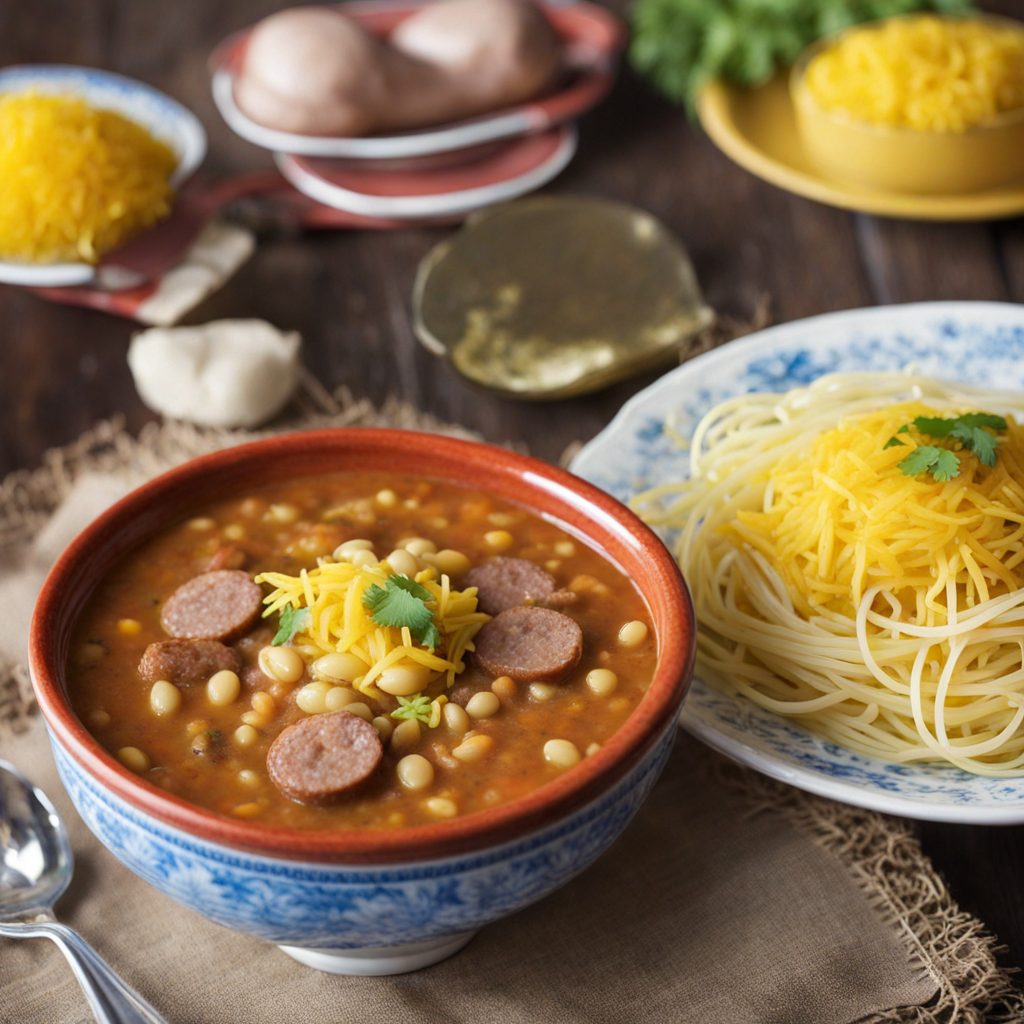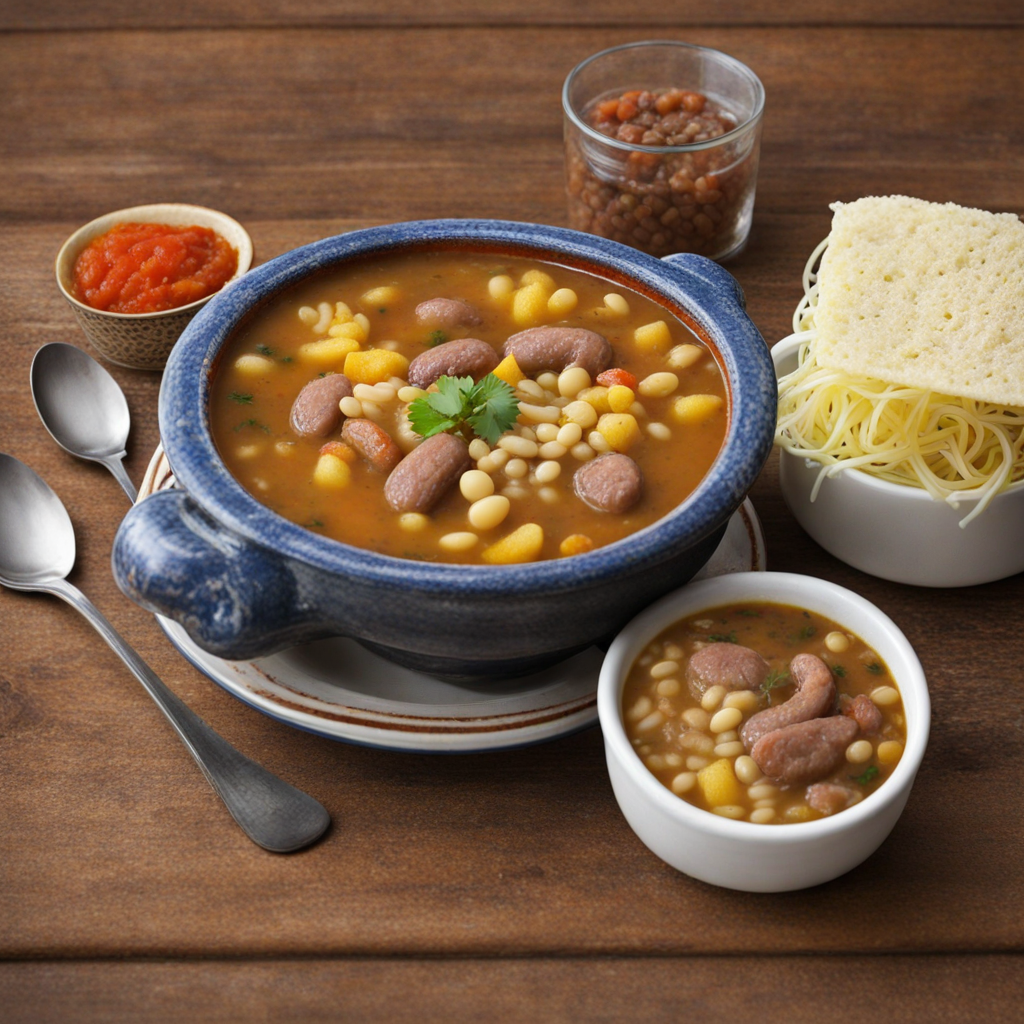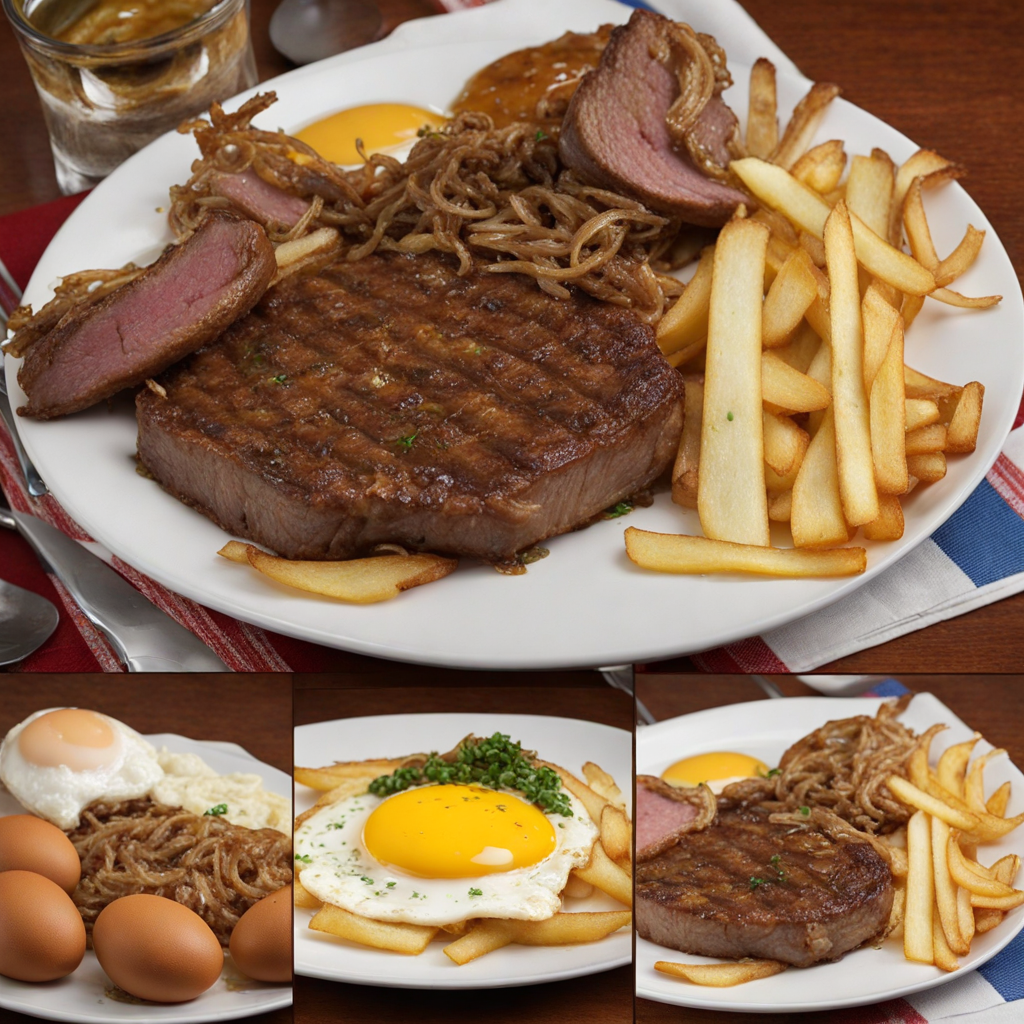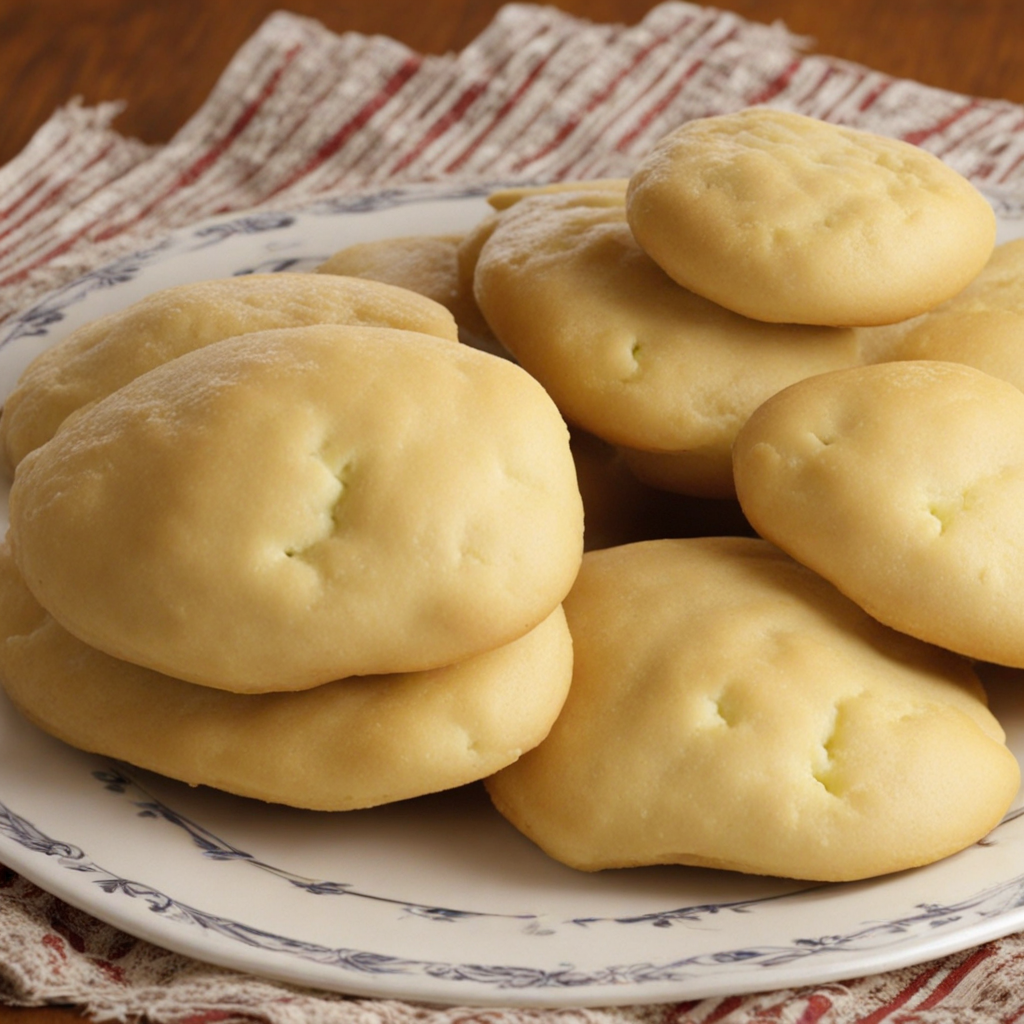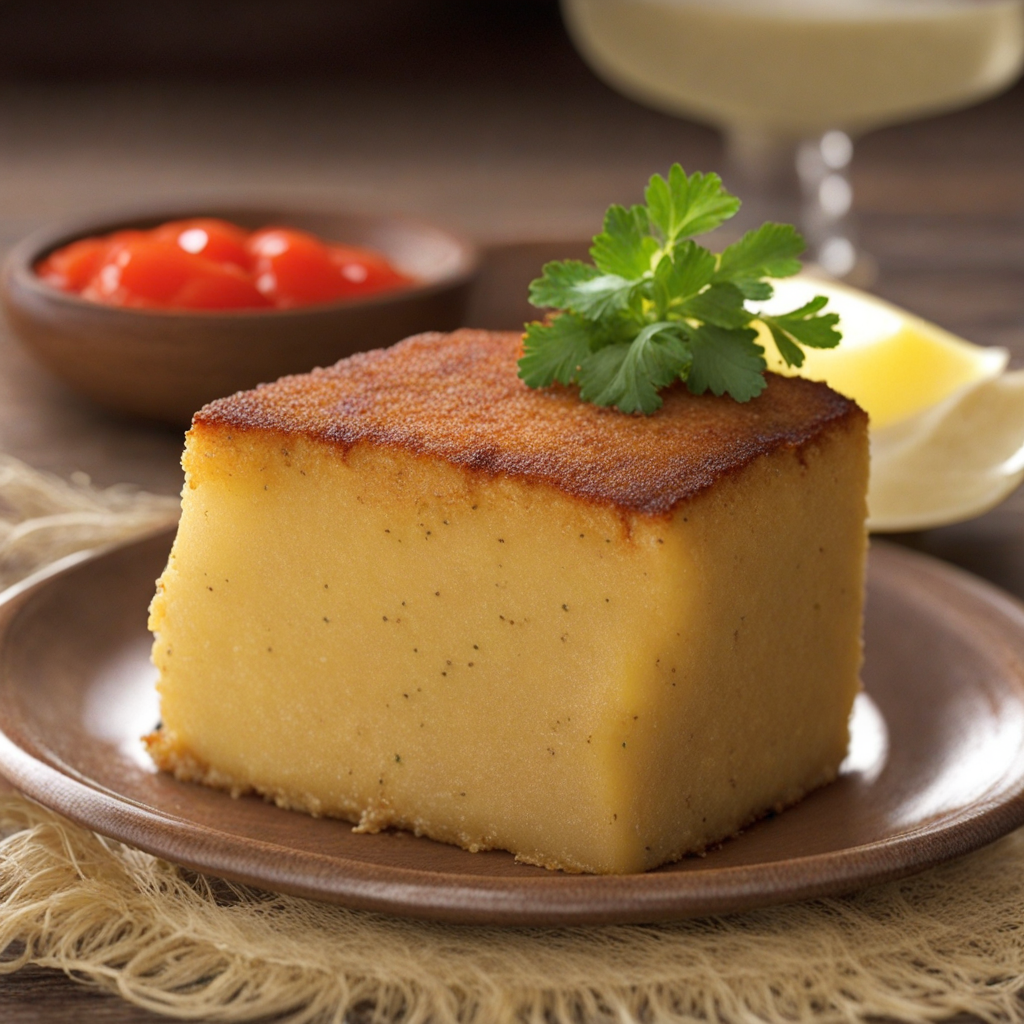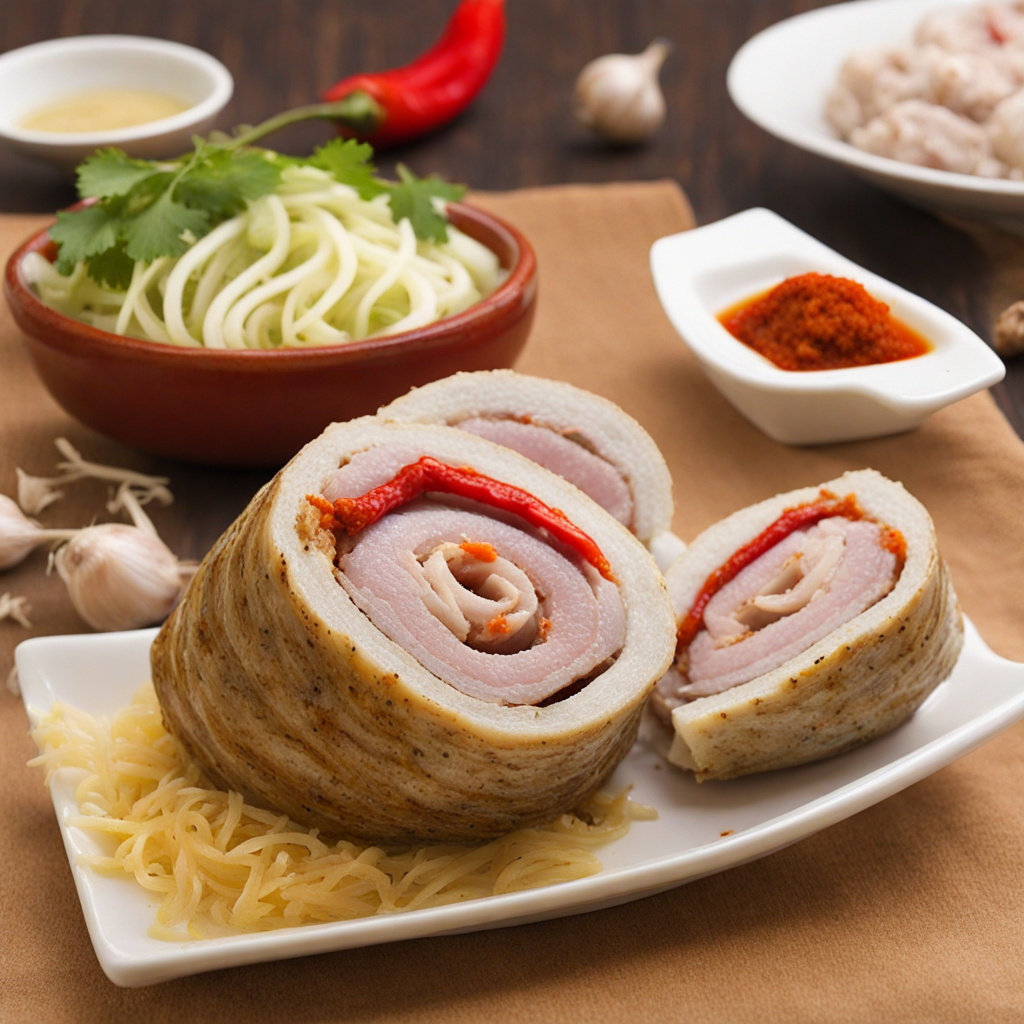Porotos con Riendas
Porotos con Riendas is a delightful and hearty Chilean dish that beautifully marries the rich flavors of beans with the comforting texture of pasta. The name itself translates to "beans with reins," a nod to the way the pasta resembles reins leading through the beans. Typically made with a base of fresh, vibrant beans, such as red or white beans, this dish is simmered to perfection, allowing the natural flavors to meld. The beans are seasoned with a blend of spices and aromatics, often including garlic, onion, and cumin, which adds depth and warmth to the dish. What sets Porotos con Riendas apart is the addition of short pasta, traditionally fideos or similar varieties, which gives the dish a unique texture and makes it incredibly filling. The pasta is cooked directly in the bean mixture, absorbing all the delicious flavors and creating a cohesive dish that’s both comforting and satisfying. The final touch often includes a sprinkle of fresh cilantro or parsley, adding a pop of color and freshness that brightens the hearty ingredients. This dish is not only a staple in Chilean homes but also offers a glimpse into the country's culinary traditions. It embodies the spirit of Chilean comfort food, making it perfect for family gatherings or chilly evenings. With its robust flavors and satisfying ingredients, Porotos con Riendas invites you to experience a taste of Chile that is both nourishing and deeply rooted in local culture.
How It Became This Dish
Porotos con Riendas: A Culinary Journey Through Chilean Tradition Porotos con riendas is a beloved Chilean dish that encapsulates the rich tapestry of the country's culinary heritage. This hearty meal, which translates to "beans with reins," is a delightful combination of beans, pasta, and a medley of flavors that speak to the region's agricultural bounty and cultural history. To understand porotos con riendas is to embark on a fascinating journey through the origins, cultural significance, and evolution of food in Chile. Origins and Historical Context The roots of porotos con riendas can be traced back to the indigenous peoples of Chile, particularly the Mapuche, who were the primary inhabitants of the region before Spanish colonization in the 16th century. The Mapuche cultivated various beans, which were staple foods, alongside other crops such as maize and potatoes. Beans played a vital role in their diet, providing essential nutrients and serving as a source of protein. The arrival of the Spanish brought along new ingredients and culinary techniques, leading to a fusion of indigenous and European flavors. The introduction of wheat from Europe paved the way for the incorporation of pasta into traditional Chilean dishes. By the 19th century, this blending of cultures began to crystallize the culinary identity of Chile, with dishes like porotos con riendas coming into prominence. Porotos con riendas is believed to have emerged as a peasant dish, reflecting the resourcefulness of rural families who utilized locally sourced ingredients. The dish typically consists of porotos (beans) — often white or red — combined with tallarines (noodles) and a variety of vegetables. The name “con riendas” refers to the pasta that is shaped like reins, which adds a playful visual element to the meal. Cultural Significance Porotos con riendas is more than just a meal; it is an emblem of Chilean culture and identity. It is often associated with familial gatherings, celebrations, and communal eating, highlighting the importance of shared meals in Chilean society. The dish is commonly prepared during winter months, where its warmth and heartiness provide comfort against the chill. In Chile, food is deeply intertwined with social gatherings and traditions. Porotos con riendas is often enjoyed during national holidays, such as Fiestas Patrias, when families come together to celebrate Chilean independence with traditional foods. It serves as a reminder of the agricultural roots of the country, showcasing the importance of beans and grains as staples in the Chilean diet. Moreover, the dish reflects the culinary philosophy of “cocina de la abuela” or grandmother’s cooking, which emphasizes home-cooked meals made from simple, wholesome ingredients. This aspect of Chilean culture underscores a connection to ancestry and the passing down of recipes and cooking methods through generations. Development and Evolution As Chilean society transitioned through the 20th century, so too did the dish of porotos con riendas. Industrialization, urbanization, and globalization all influenced culinary practices and ingredient availability. In urban areas, the dish began to take on different variations, often influenced by regional ingredients and contemporary cooking techniques. In modern Chile, porotos con riendas has become a staple in both homes and restaurants. While traditional recipes remain prevalent, chefs and home cooks alike have started to experiment with the dish, adding unique twists that reflect personal tastes and contemporary culinary trends. For instance, some variations incorporate different types of beans, such as black beans or lentils, and others may use artisanal pasta, elevating the dish from a humble peasant meal to a gourmet offering. Additionally, the rise of the farm-to-table movement has reignited interest in locally sourced ingredients, prompting a resurgence of traditional Chilean dishes. Many chefs are now focusing on sustainability and authenticity, seeking out heirloom varieties of beans and artisanal pastas that honor the dish's origins. This commitment to preserving culinary heritage while adapting to modern palates has ensured that porotos con riendas remains relevant in the ever-evolving Chilean culinary landscape. A Global Perspective As Chilean cuisine gains recognition on the global stage, dishes like porotos con riendas are beginning to attract attention beyond the borders of Chile. International food enthusiasts and chefs are exploring traditional Chilean recipes, leading to a growing appreciation for the country’s culinary heritage. Food festivals and cultural exchanges have helped to introduce porotos con riendas to new audiences, further solidifying its status as a cultural ambassador for Chile. In the age of social media, the sharing of food experiences and recipes has allowed for a wider dissemination of Chilean dishes. Home cooks around the world are experimenting with porotos con riendas, adapting it with local ingredients or personal touches, thus creating a global dialogue around this traditional dish. Conclusion Porotos con riendas is a dish steeped in history and cultural significance, embodying the resilience and creativity of the Chilean people. From its modest beginnings as a peasant food to its status as a cherished national dish, porotos con riendas tells a story of adaptation, community, and tradition. As Chile continues to evolve, so too will its culinary landscape, but the essence of porotos con riendas — a celebration of local ingredients, familial bonds, and cultural heritage — will undoubtedly endure. Whether enjoyed at a family gathering or at a trendy restaurant, this dish is a testament to the power of food in forging connections and honoring the past while embracing the future. In every spoonful of porotos con riendas, one can savor not just the flavors of Chile, but also the stories and traditions that have shaped this vibrant nation.
You may like
Discover local flavors from Chile


